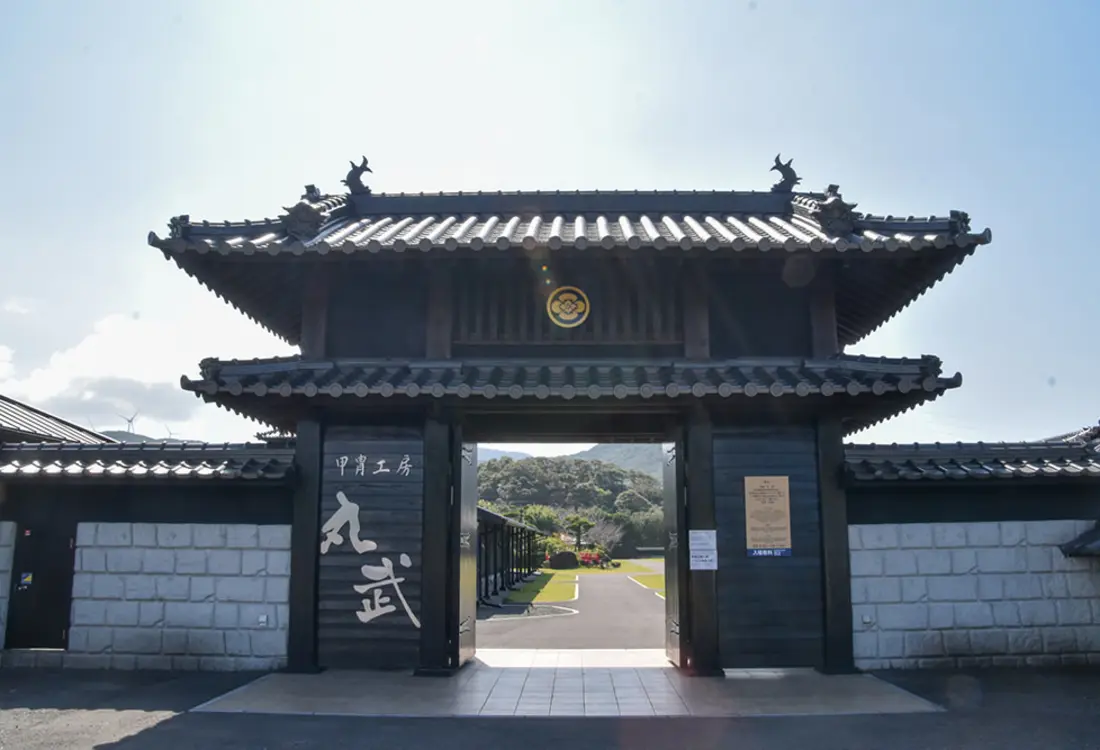
Immerse Yourself in the History and Culture of Japan’s Samurai Warriors
At Marutake Sangyo
Few figures are as admired, feared, and respected in Japanese culture as the samurai warrior, a symbol of the nation's history, strength, and honor codes. Samurai culture in Japan has long been an endless object of fascination. Countless books, films, and artworks have been dedicated to these proud warriors. These men traversed the line of a political icon and fearless fighter, dedicating their lives to their clans' success and shaping the country’s culture.
Although they no longer exist today as they did between the twelfth century and the 1870s, there are still plenty of opportunities to learn about these legends while exploring Kyushu. If you're looking to dive deeper into the craftsmanship and artistic flair that went into creating the armor that made the men — and perhaps even do a little role-play yourself — then hop on your trusty samurai steed and journey to Marutake Sangyo in the city of Satsumasendai.

Marutake Sangyo is part immersive samurai-period village and museum, part workshop, and part amusement park. This accessible gateway to Japan's history has something to entertain everyone, no matter how much or how little you may already know about samurai. It also offers peace of mind at a time when COVID prevention and safety are still a concern, with plenty of space to wander about, both inside and outside, as well as clear pathways and windowed walls between the workers and visitors. Formerly known as Sendai Sengoku Mura, which translates as 'Sendai Village of the Sengoku Period' (1467–1600), Marutake Sangyo is faithfully modeled after a 16th-century Japanese castle town.

Around 90% of traditional samurai armor and props destined for Japanese TV dramas and movies are made in Marutake Sangyo’s workshops. Many of the works crafted here featured in Akira Kurosawa's classic period films. You can wander through the workshops and watch the local artisans at work, carefully handcrafting true-to-original pieces that will one day end up on the silver screen and be exhibited across Japan.
If you don't know much about samurai culture, it may help to have some context. Samurai are legendary ancient warriors, whose existence can be traced back to the Heian period (710-1185). They rose in ranks over the years to become the highest social caste in Japan by the Edo period (1603-1867), considered to be the peak of samurai culture.

As warriors, many samurai carried weapons, swords, bow and arrows, spears, and sometimes guns. Japanese craftsmanship flourished during this time. By the Edo period, Japan was relatively peaceful. Many samurai shifted from being warriors to men of high cultural standing: teachers, bureaucrats, poets, and artists, shaping the nation we see today.
For generations, clothing was an essential element of samurai culture. It was important for its utility and fashion, as well as showcasing artisans’ work and talent. Marutake Sangyo’s workshops exhibit their exquisite craftsmanship. Every room has windows, so that you can leisurely watch the staff weaving, hammering, and sculpting armor that is true to the historical designs.
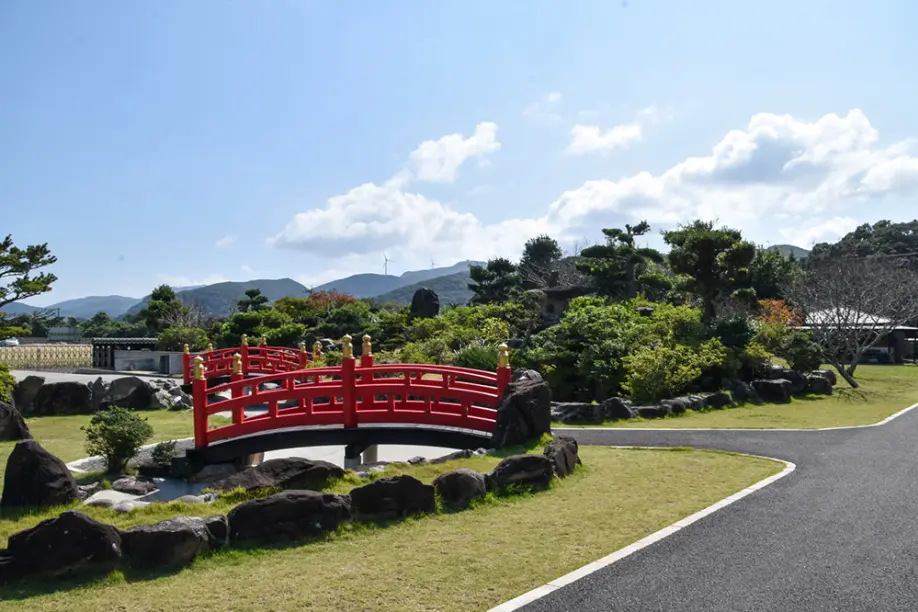
Each room is dedicated to a particular craft, with displays explaining its purpose and role in the creation of replica armor. The Foil Room centers around a desk where artisans carefully lay gold and silver leaf onto the armor to give it a regal touch. Other rooms are dedicated to braiding and weaving the robust fabric pieces, and there's even an Era Room in which experts treat, paint and age the armor pieces to ensure their consistency with the style of a certain era.
After watching the masters at work, you can also examine armor pieces up close, embrace your theatrical inclinations and register for a dress-up photo session. You can select your outfit from a seemingly endless selection before heading out into the samurai garden for a casual photoshoot. By wearing the handcrafted armor directly on your own body, you can truly feel and imagine what it might have been like to live as a samurai. It’s also a whole lot of fun.

There's more opportunity to marvel at the art and history of Marutake Sangyo following your dress-up session, but take some time to visit the expansive Warring States exhibition hall, which features recreations of samurai armor worn throughout history. It spans almost 50 samurai domains, from the 15th century through the end of the Edo period. A handful of exhibits also showcase pieces used in Kurosawa’s 1985 epic film Ran (乱), which is a samurai retelling of Shakespeare's King Lear.

Just behind the exhibition hall, the Marutake Shooting Field is a sideshow alley-style shooting gallery. This is where you can try your hand at winning a few nifty samurai (and not-so-samurai) prizes by knocking down metal plates with cork bullets. The plates were all crafted on-site, made with the same intricate detail as the armor. One little insider tip from Marutake Sangyo's manager, Tomotaka Tanoue, is to try to hit the top of the plates — you’ll have a better chance of knocking them over and winning more prizes.

After browsing the souvenir shop, which is stacked with one-of-a-kind samurai merchandise, you can relax at the café, or at least savor a soft ice cream. The café serves a range of sweet selections, but Tanoue recommends the pastel orange satsuma-imo. Satsuma-imo is a much-loved local variation of sweet potato, and the most delightful touch to a day exploring the samurai world of Marutake Sangyo.
Note: This blog post was written during a time when preventive measures for COVID-19 were being undertaken. These measures are expected to be relaxed going forward.

Lucy Dayman
Hi, I'm a Tokyo-based, Australian-born travel writer and co-founder of Tokyo communications agency Y+L Projects. I moved to Japan in 2016 for what I thought would be a one year break and I never left! I've written about Japan for Monocle, BBC, South China Morning Post Random House. When I'm not working, I love discovering quaint Tokyo neighbourhoods and taking film photos (with admittedly mixed results).
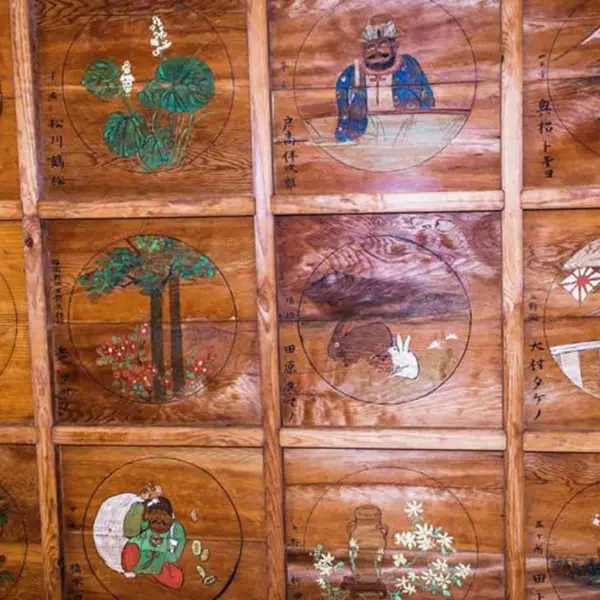 Shonenji Temple in Takachiho: A fascinating past and present
Shonenji Temple in Takachiho: A fascinating past and present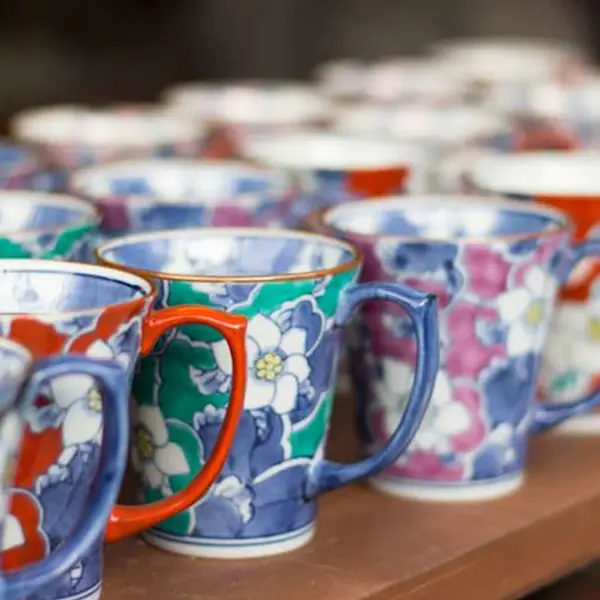 Karatsu, Imari and Arita: A Trip to Discover Saga Ceramics
Karatsu, Imari and Arita: A Trip to Discover Saga Ceramics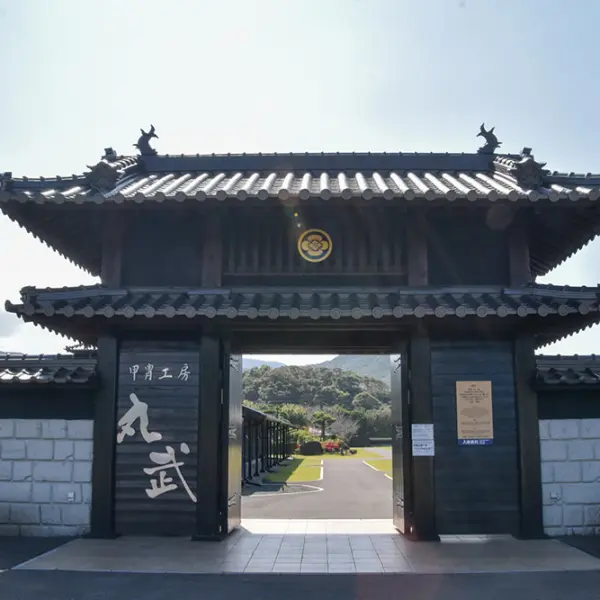 Immerse Yourself in the History and Culture of Japan’s Samurai Warriors at Marutake Sangyo
Immerse Yourself in the History and Culture of Japan’s Samurai Warriors at Marutake Sangyo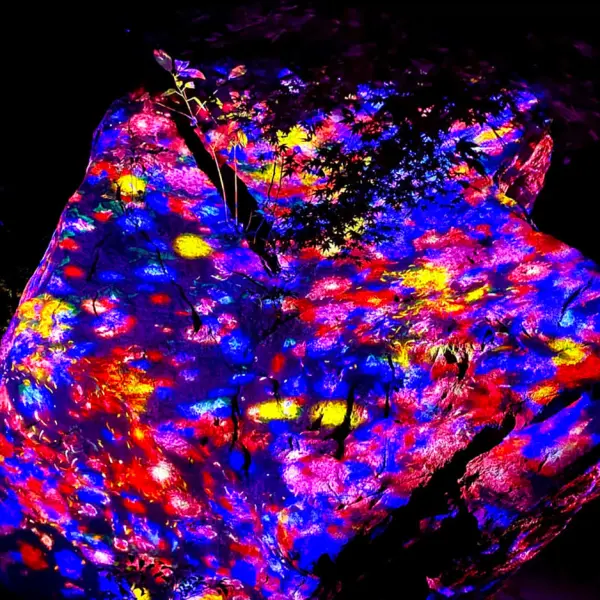 TeamLab breathes history at Mifuneyama Rakuen in Saga
TeamLab breathes history at Mifuneyama Rakuen in Saga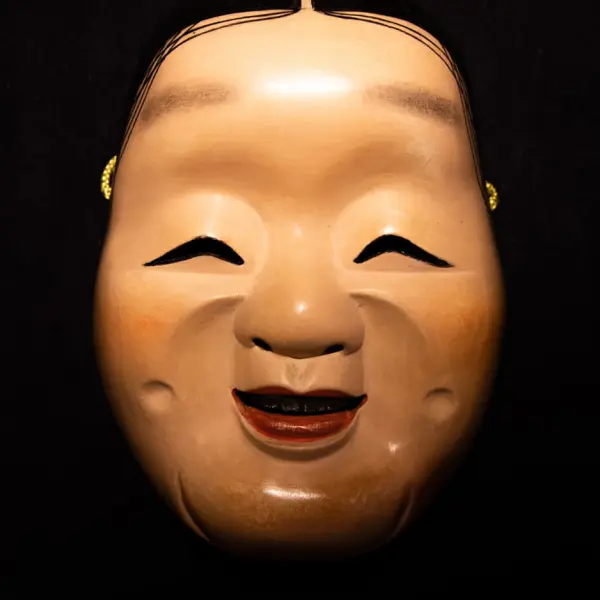 Spooky Castles, Wild Boar, Wax, and Kagura!
Spooky Castles, Wild Boar, Wax, and Kagura!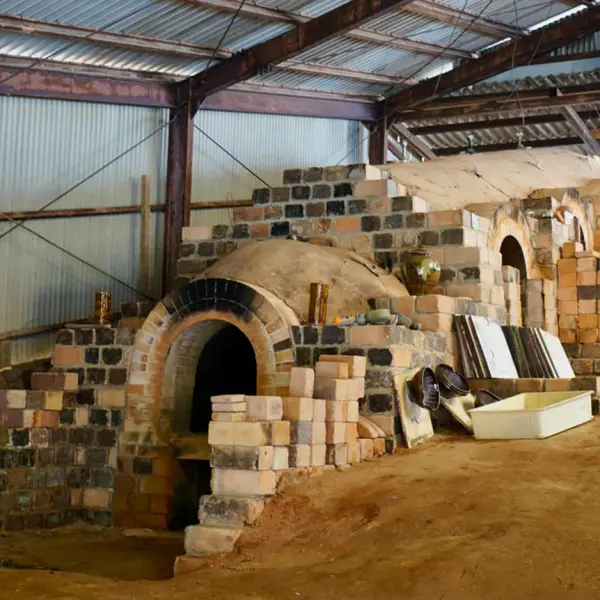 Koishiwara Pottery: From Climbing Kilns to Flying Dot Patterns
Koishiwara Pottery: From Climbing Kilns to Flying Dot Patterns A Rare Glimpse into the World of Katana Sword-Making with Matsunaga, a Kumamoto Swordsmith
A Rare Glimpse into the World of Katana Sword-Making with Matsunaga, a Kumamoto Swordsmith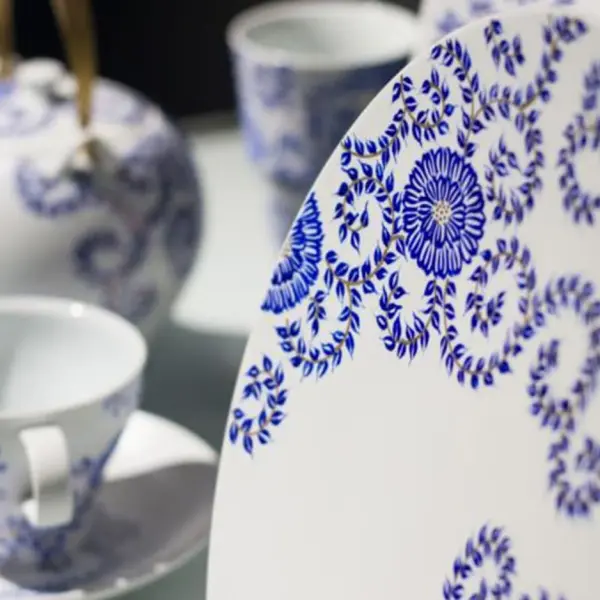 The Ancient Tradition of Ceramics Found in Saga Prefecture
The Ancient Tradition of Ceramics Found in Saga Prefecture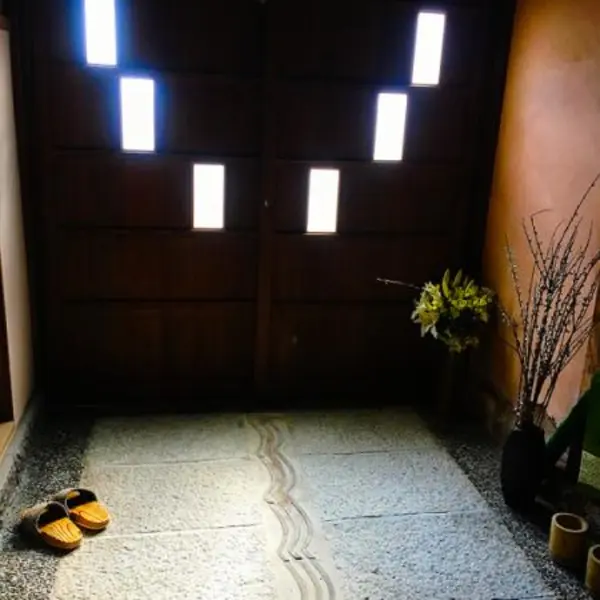 Taketa, Oita: An alluring artscape
Taketa, Oita: An alluring artscape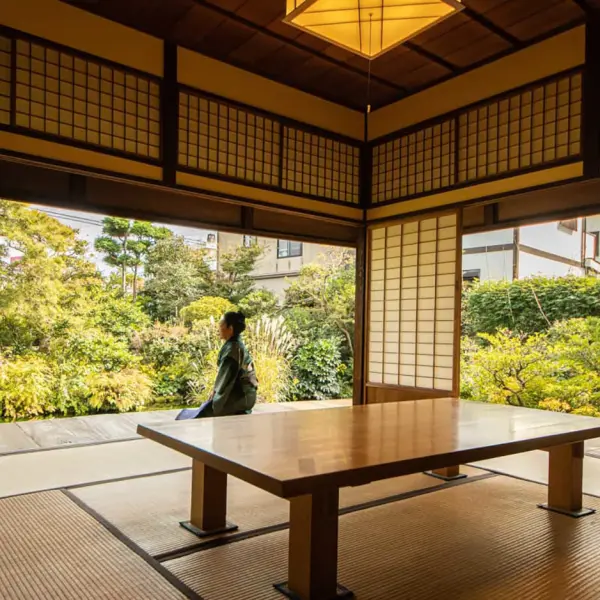 Samurai Road, Garden, and Dessert
Samurai Road, Garden, and Dessert




